Lesson Category: All
This Class is relevant for parents of all ages
Facebook Live Event: Self Care: Put on Your Oxygen Mask First
Lesson Details
Your focus for the past year has been on keeping your kids safe, engaged in school and making miracles to help them feel socially connected. Self-care? Out the window. With summer on the horizon maybe you are feeling a glimmer of hope. Let's build on that. We will talk about the impact of your own self-care on your kids, your body and your mental health. We hope you will share your solutions and be ready to hear some new ideas from our Peace At Home specialists. You can do this!
Course Lessons
Your focus for the past year has been on keeping your kids safe, engaged in school and making miracles to help them feel socially connected. Self-care? Out the window. With summer on the horizon maybe you are feeling a glimmer of hope. Let’s build on that. We will talk about the impact of your own self-care on your kids, your body and your mental health. We hope you will share your solutions and be ready to hear some new ideas from our Peace At Home specialists. You can do this!
Facebook Live: Parenting LGBTQ+ Youth: Let’s Talk
Lesson Details

If you are the parent of a lesbian, gay, bisexual, transgender or questioning (LGBTQ) child, you probably have a lot of questions. Your support is key to your child’s well-being, but you may have to go through your own process to get there. Start with, “I’m here for you and love you,” even if you don’t understand and aren’t ok at the moment. Plan to get your own support so that you can process your deepest emotions and concerns, while helping your child to deal with their own. Join Peace At Home guest experts Barbara Esgalhado, PhD and Poshi Walker, MSW with founder Ruth Freeman, LCSW to gain some ideas about helping your child thrive, while exploring your own path to understanding and genuine acceptance.
Course Lessons
If you are the parent of a lesbian, gay, bisexual, transgender or questioning (LGBTQ) child, you probably have a lot of questions. Your support is key to your child’s well-being, but you may have to go through your own process to get there. Start with, “I’m here for you and love you,” even if you don’t understand and aren’t ok at the moment. Plan to get your own support so that you can process your deepest emotions and concerns, while helping your child to deal with their own. Join Peace At Home guest experts Barbara Esgalhado, PhD and Poshi Walker, MSW with founder Ruth Freeman, LCSW to gain some ideas about helping your child thrive, while exploring your own path to understanding and genuine acceptance.
09.24.20 MIT Class Recording & Handouts
Lesson Details
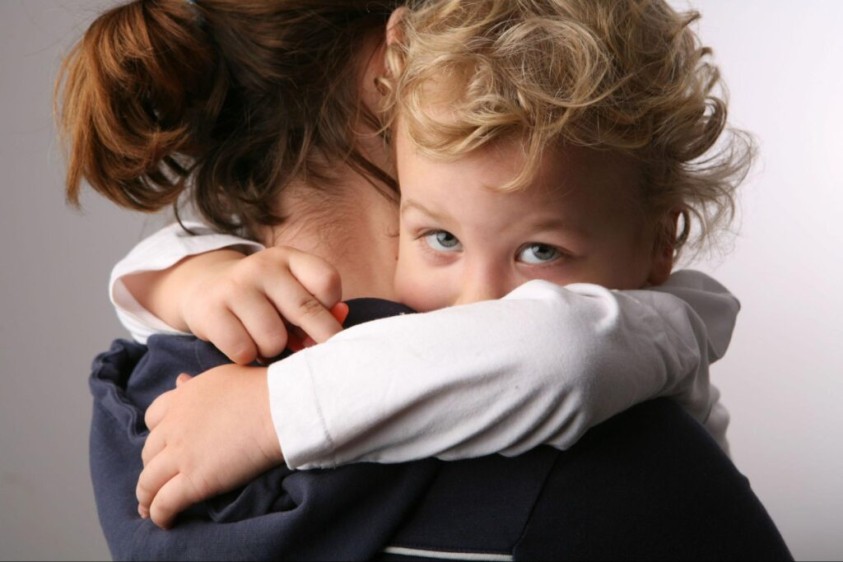
Does any of this sound like your child?
- Clinging, crying and/or tantrums when you separate
- Excessive shyness, avoiding social situations
- Constant worry
- Avoiding situations or places because of fears
- Complaints of frequent stomach aches or headaches
- Sudden and frequent panic attacks
Your child may be struggling with anxiety. And you may feel frustrated and helpless. You are not alone. One in three children will experience an anxiety disorder before adulthood. Unless treated, many will grow up to be anxious adults. You can help.
Course Lessons
Does any of this sound like your child?
- Clinging, crying and/or tantrums when you separate
- Excessive shyness, avoiding social situations
- Constant worry
- Avoiding situations or places because of fears
- Complaints of frequent stomach aches or headaches
- Sudden and frequent panic attacks
Your child may be struggling with anxiety. And you may feel frustrated and helpless. You are not alone. One in three children will experience an anxiety disorder before adulthood. Unless treated, many will grow up to be anxious adults. You can help.
Ayuda a tu hijo con TDAH a escuchar
Lesson Details
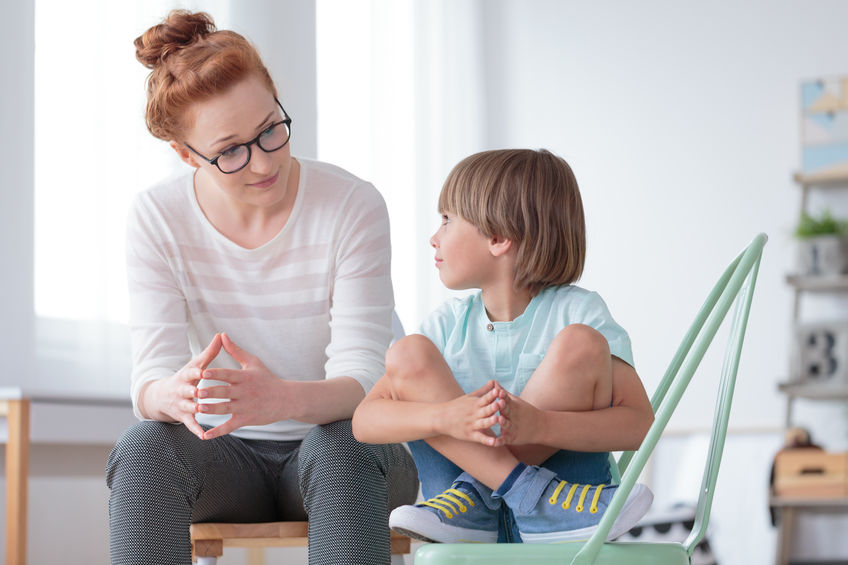
No tienes que hacerlo solo. Ser capaz de reconocer el comportamiento como un síntoma, y tener un plan claro sobre como invitar a la cooperación y responder a los comportamientos desafiantes reducirá el estrés familiar y fortalecerá el comportamiento positivo de su hijo. Únase a otros padres que enfrentan luchas similares y cree un plan que funcione para su familia.
Course Lessons
No tienes que hacerlo solo. Ser capaz de reconocer el comportamiento como un síntoma, y tener un plan claro sobre como invitar a la cooperación y responder a los comportamientos desafiantes reducirá el estrés familiar y fortalecerá el comportamiento positivo de su hijo. Únase a otros padres que enfrentan luchas similares y cree un plan que funcione para su familia.
Ayuda a tu hijo con TDAH a escuchar y seguir instrucciones
Lesson Details

Si tu hijo tiene dificultades para seguir indicaciones o mantener la concentración, no es porque te esté ignorando. Los niños con TDAH a menudo necesitan enfoques diferentes en la comunicación y la estructura diaria. En esta clase, aprenderás herramientas prácticas para ayudar a tu hijo a escuchar, mantenerse enfocado y completar tareas con mayor facilidad, reduciendo la frustración para ambos.
Course Lessons
Si tu hijo tiene dificultades para seguir indicaciones o mantener la concentración, no es porque te esté ignorando. Los niños con TDAH a menudo necesitan enfoques diferentes en la comunicación y la estructura diaria. En esta clase, aprenderás herramientas prácticas para ayudar a tu hijo a escuchar, mantenerse enfocado y completar tareas con mayor facilidad, reduciendo la frustración para ambos.
Cómo ayudar a tu hijo (y a ti) a manejar la ansiedad
Lesson Details
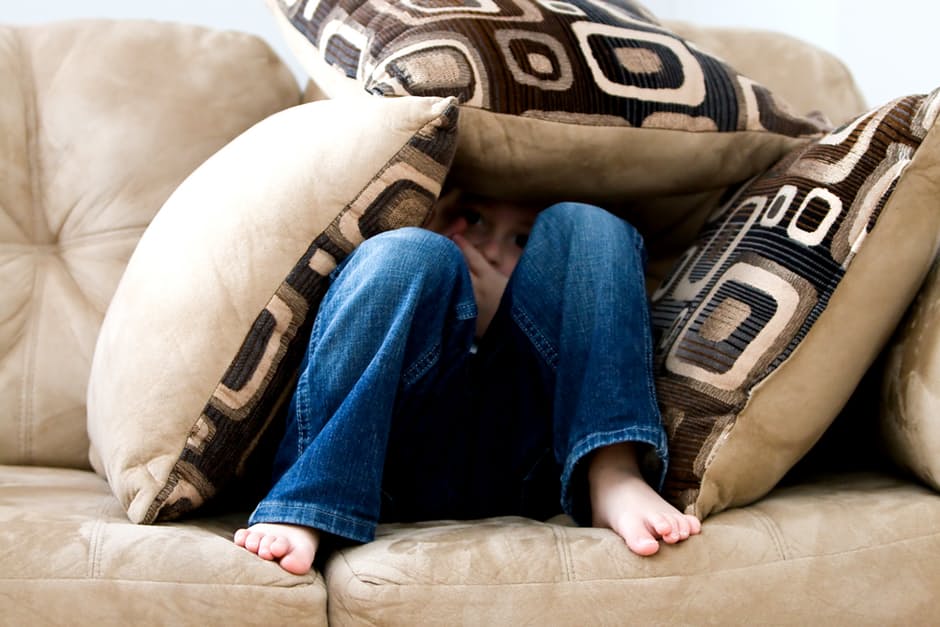
La ansiedad puede afectar tanto a los niños como a los padres, pero hay formas de manejarla. Esta clase ofrece herramientas prácticas para ayudar a tu hijo a sentirse más seguro, mientras te brinda estrategias para reducir tus propias preocupaciones como madre, padre o cuidador(a).
Course Lessons
La ansiedad puede afectar tanto a los niños como a los padres, pero hay formas de manejarla. Esta clase ofrece herramientas prácticas para ayudar a tu hijo a sentirse más seguro, mientras te brinda estrategias para reducir tus propias preocupaciones como madre, padre o cuidador(a).
Help Your Child with ADHD to Listen and Follow Instructions
Lesson Details

If your child struggles to follow directions or stay focused, it’s not because they’re ignoring you. Kids with ADHD often need different approaches to communication and structure. This class will give you simple tools to help your child listen, stay engaged, and follow through.
Course Lessons
If your child struggles to follow directions or stay focused, it’s not because they’re ignoring you. Kids with ADHD often need different approaches to communication and structure. This class will give you simple tools to help your child listen, stay engaged, and follow through.
Take the Stress Out of Parenting
Lesson Details

Parental stress can affect the entire family. This class offers insights into managing worries and adopting a more relaxed approach to parenting, allowing you to enjoy your family life more fully.
Course Lessons
Parental stress can affect the entire family. This class offers insights into managing worries and adopting a more relaxed approach to parenting, allowing you to enjoy your family life more fully.
Back-to-School: Reconnection and Recovery
Lesson Details
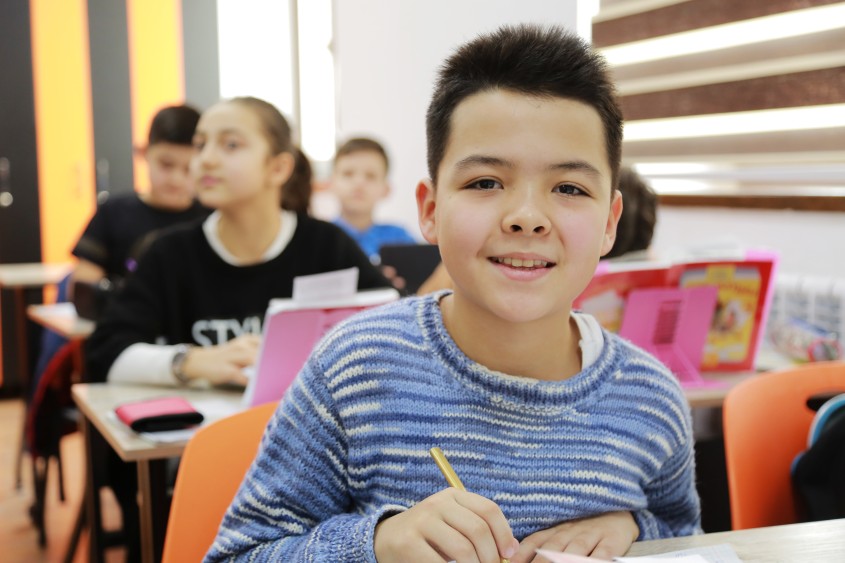
Transitioning back to school—whether after a long break or a challenging period—can be overwhelming for both students and educators. Establishing a sense of safety, community, and motivation is essential for creating a positive learning environment. This session provides practical strategies to help students regain confidence, re-engage in learning, and rebuild relationships after time away from the classroom.
This class was originally created in response to the unique challenges educators faced after the COVID-19 pandemic. However, the principles and strategies shared remain relevant for supporting students and fostering a positive learning environment in any classroom setting.
Course Lessons
Transitioning back to school—whether after a long break or a challenging period—can be overwhelming for both students and educators. Establishing a sense of safety, community, and motivation is essential for creating a positive learning environment. This session provides practical strategies to help students regain confidence, re-engage in learning, and rebuild relationships after time away from the classroom.
This class was originally created in response to the unique challenges educators faced after the COVID-19 pandemic. However, the principles and strategies shared remain relevant for supporting students and fostering a positive learning environment in any classroom setting.
Coping with Hospitalization: Techniques and Tips
Lesson Details
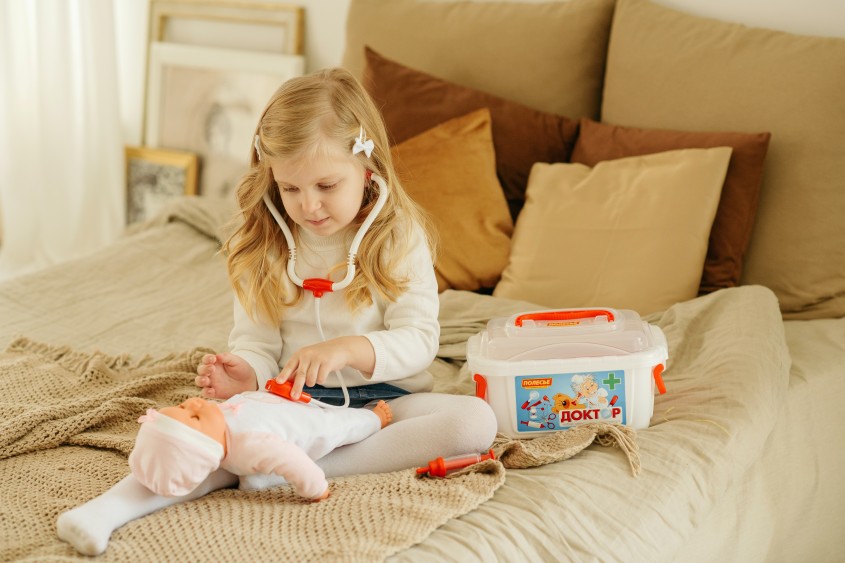
Staying in the hospital can be a stressful and frightening experience for kids and families. It is often new, unfamiliar, and unpredictable. Learn coping strategies and helpful hints to make hospitalization a bit less scary.
Course Lessons
Staying in the hospital can be a stressful and frightening experience for kids and families. It is often new, unfamiliar, and unpredictable. Learn coping strategies and helpful hints to make hospitalization a bit less scary.
